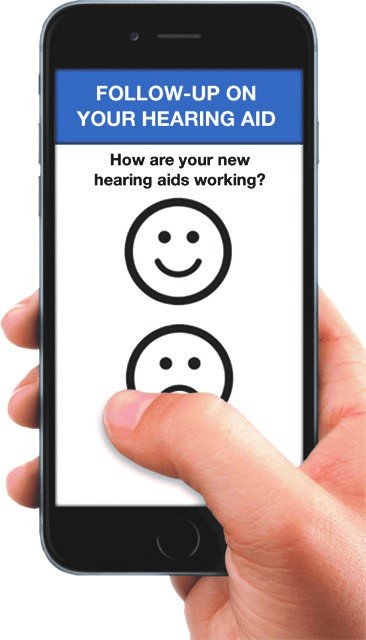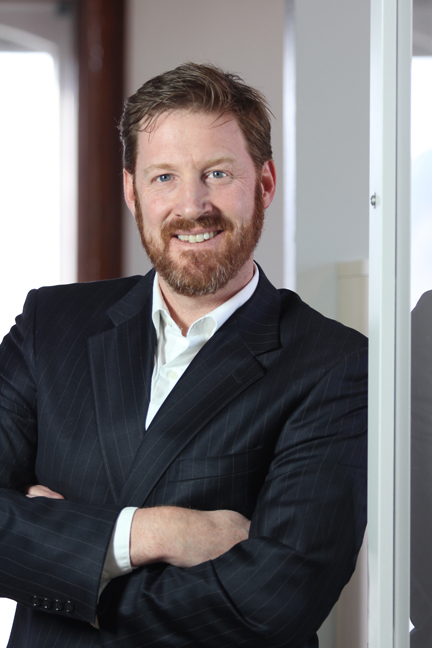Virtual Visits: Maximizing Your Patient Schedule to Drive Non-Surgical Revenue
Virtual visits expand clinical reach and deepen patient engagement. Well-organized virtual visit programs deepen connections with patients leading to better outcomes and revenue.
Why new Virtual Visit channels are important?

- A well-planned virtual visit program eliminates visit barriers. No-show research and studies on patient visit patterns highlight that patients often do not call when they have a need. Phone trees, visit anxiety, long wait times, hurried providers, uncertainty about the reasons for their visit, limit patient driven engagement. Lack of action by patients who need it delay key treatments that impact health and the cost of care.
- COVID fears, rules, and corresponding changes in consumer choice are reducing patients calling or coming into the office. While in-clinic volumes are increasing, they will not return to pre-covid rates for some time. Virtual visits give providers a simple and secure way to begin or continue care.
- New clinical channels for delivery with more effective methods for patient triage, allow practitioners to make the best use of clinic time and space.
- Virtual visits create connection for both billable and non-billable e-visits and check-ins increase patient access to your practice.
What are the key ingredients to a virtual visit program?
- Build virtual channels by evaluating visit types and technology, then mapping patient type and services to each channel(s).
- Create a wide virtual funnel by reaching out to many patients.
- Utilize emails and/or texts to create virtual connections. Secure patient messaging educates patients about virtual visit options and open the door to direct interaction.
- Develop diagnosis, visit-type content to streamline a patient’s virtual visit. By helping patients efficiently communicate their needs, symptoms, and concerns, providers identify specific care opportunities.
- Cultivate virtual visit, clinical pathways around specific diagnoses. Focus on chronic conditions and develop internal clinical guidelines to make sure you are quickly addressing patient needs.

Now Act!
Virtual visit programs are dependent on a clinic’s most valuable resource, the clinician, and their professional judgement, expertise, and clinic management. New virtual approaches that open the door to thousands of patients highlight a clinic’s workflow and ability to respond to patient needs. Asynchronous visit technology, not requiring real time response, allows for greater reach, but underscores the need to act fast on a patient’s needs. The good news is that technology, supplemented with internal expertise, allows for more efficient triage. These approaches, along with consideration to use the most efficient delivery channel, magnify a clinic’s capacity.
What a virtual visit program is NOT.
A Virtual visit program is not telemedicine software. It is not emailing or texting patients. It is not having a portal.
It is a comprehensive approach that focuses on the right patient, at the right time, with the right care, through the right channel.
Groups who have implemented virtual approaches create an impressive magnitude of “other” service opportunities realized through virtual visits. Increased clinic site visits, surgeries, increased curbside services, and home-based services. In the hearing aid industry, there is a significant increase in remote programming of hearing aids, and hearing aid purchases as a direct result of patient requests.

Maybe the most important way to describe the impact of virtual visits program is to talk about real life examples and the real-life results. Today we highlight the journey of an hearing aid practice, ENT Hearing Associates of Florida. On April 6, 2020 they identified the desire to develop a virtual visit program with established hearing aid patients. The group started small, identifying care pathways. They contracted with QM2 Solutions to implement an asynchronous portal and messaging system.
The group then began announcing the program and connecting remotely to patients. As patients responded, they were brought to a customized, patient virtual visit where they answered four questions about their hearing needs. Patients completed their visit on their smartphone, their computer screen, iPad, or tablet.
It didn’t take long for ENT Hearing Associates of Florida to realize an impact. Within a week a hundred and forty-six different patients completed audiology E-visits. The patient response ranged from everything from, “thanks for giving me a way to connect,” to, “my hearing aids are broken.” Some stated they would like to purchase supplies and others requested to buy new hearing aids!

While engagement of a hundred and forty-six different patients is impressive, the 256 additional patient engagements within three weeks of the initial virtual visit are maybe more important to share. Additional engagements included: curbside pickups, telephone calls, and more than 90 face-to-face audiology appointments. The practice then focused on using telemed software to assist in both hearing aid sales and hearing aid adjustments. Finally, triaging audiology virtual visits led to face-to-face ENT and Telemed visits. The impact to the number of visits was real.
ENT Hearing Associates of Florida expanded their clinical reach and deepened patient engagement. They took time to develop a well-organized virtual visit program and found it deepened connection with patients. As the program matures and outcomes are measured, they are seeing better outcomes and greater patient satisfaction. Ultimately, this approach had a significant revenue impact for the practice and has been expanded to address the needs of other patient groups.
Find out if a virtual patient management program is right for your practice. Click here for a Free Strategic Virtual Patient Management Assessment.
About James Benson
QM2 Solutions, CEO & Founder

James Benson is the President and Founder of QM2 Solution. QM2 Solutions, with headquarters in Elkhart Lake, Wisconsin, provides solutions that generate practice growth and clinical improvement through patient feedback.
Before QM2 solutions, James worked as a practice administrator and management consultant to surgical subspecialty groups including 12 years working with Otolaryngologists. James served executive leadership roles within the Association of Otolaryngology Administrators (currently known as ASCENT), as consultant to the AAO-HNS Board of Governors and is a co-founder of the Large Group Executive Forum for Otolaryngology Practices.
James speaks nationally on areas of healthcare quality, outcomes, experience, benchmarking, and business development. James has a BS from the University of Wisconsin-Madison (1994) and a Master of Science from the University of Wisconsin-Green Bay (Quality and Systems Design (2000).
Connect with Jamie on LinkedIn








